CM-STEREO-VISION-BOARD Binocular Stereo Vision Expansion Board For Raspberry Pi Compute Module, Small Size
- Mã sản phẩm: CM-STEREO-VISION-BOARD
- Nhà sản xuất: Waveshare
- Website hỗ trợ: https://www.proe.vn
- DESCRIPTION
-
Binocular Stereo Vision Expansion Board For Raspberry Pi Compute Module CM3 / CM3 Lite / CM3+ / CM3+ Lite, Provides Multi Expansion Ports, Small Size
BINOCULAR VISION EXPANSION BOARD
Dual Cameras Support, Play Around With Raspberry Pi Binocular Vision Projects
for Raspberry Pi Compute Module CM3 / CM3 Lite / CM3+ / CM3+ Lite
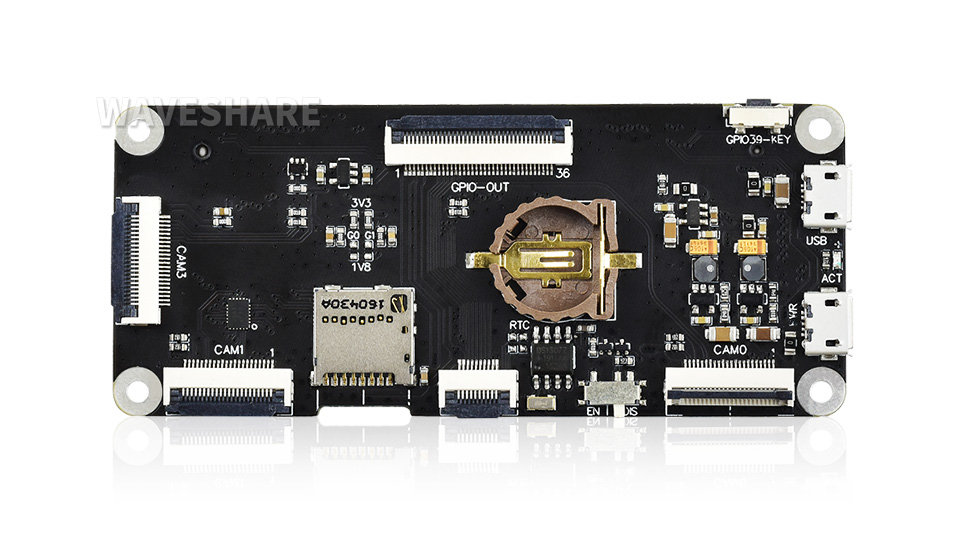
This binocular stereo vision expansion board is specially designed for Raspberry Pi Compute Module, compatible with CM3 / CM3 Lite / CM3+ / CM3+ Lite. It features three camera ports and common used ports like DSI and USB, more other peripheral interfaces are also supported through the FPC connector, all in the small size body.
By connecting with various sorts of cameras, combined with the included IMU fill light board, it is easy and flexible to build different Raspberry Pi stereo vision projects such as binocular parallax ranging, facial identification, living object detection, VR video recording, and so on.
Features At A Glance
- Compatible with Raspberry Pi Compute Module CM3 / CM3 Lite / CM3+ / CM3+ Lite
- Three camera ports, CAM0 port for default use, and CAM1/CAM3 ports are two alternative options selected by GPIO
- Onboard DSI port, allows directly connecting with DSI display
- Onboard USB connector, convenient for flashing system image, or used as regular USB port
- 36PIN GPIO connector, comes with adapter board for extending UART port and standard 40PIN Raspberry Pi GPIO
- 24PIN HDMI extended connector, comes with adapter board for connecting with HDMI display
- 10PIN GPIO/I2C extended connector, for connecting the included ICM20948 IMU fill light board
- Integrates DS1307 RTC chip, along with CR1220 battery holder
- Comes with acrylic mounting plate and tripod adapter, make it easy to use with general tripod
- Comes with development resources (examples and user manual)
Designed For Compute Module
Supports Raspberry Pi Compute Module CM3 / CM3 Lite / CM3+ / CM3+ Lite
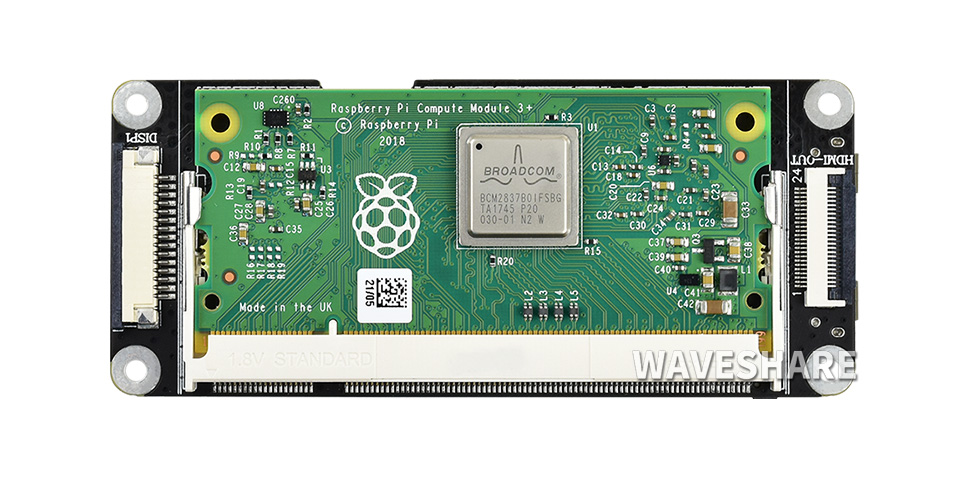
Using With Camera
Connecting With Single Camera
directly plug into CAM0 port (enabled by default), OR plug into CAM1/CAM3 port (enabled by GPIO38)

Connecting With Dual Cameras
it is recommended to use two identical cameras (with the same FOV, distortion, focal length, etc.)

Working With Raspberry Pi LCD Display
Directly Connecting With Raspberry Pi DSI Display, Via The Onboard DSI Port

Also Supports HDMI Display, Via The HDMI Adapter

Tripod Support
Comes With Acrylic Mounting Plate To Use With General Tripod
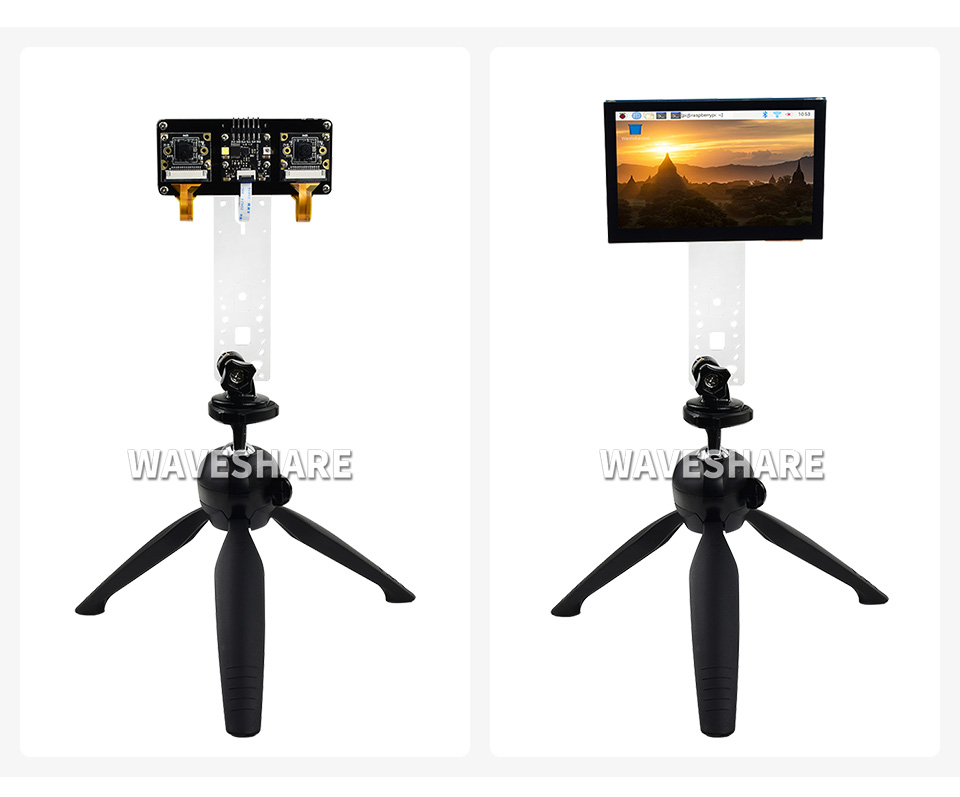
What's On Board
The CM3 Base Board
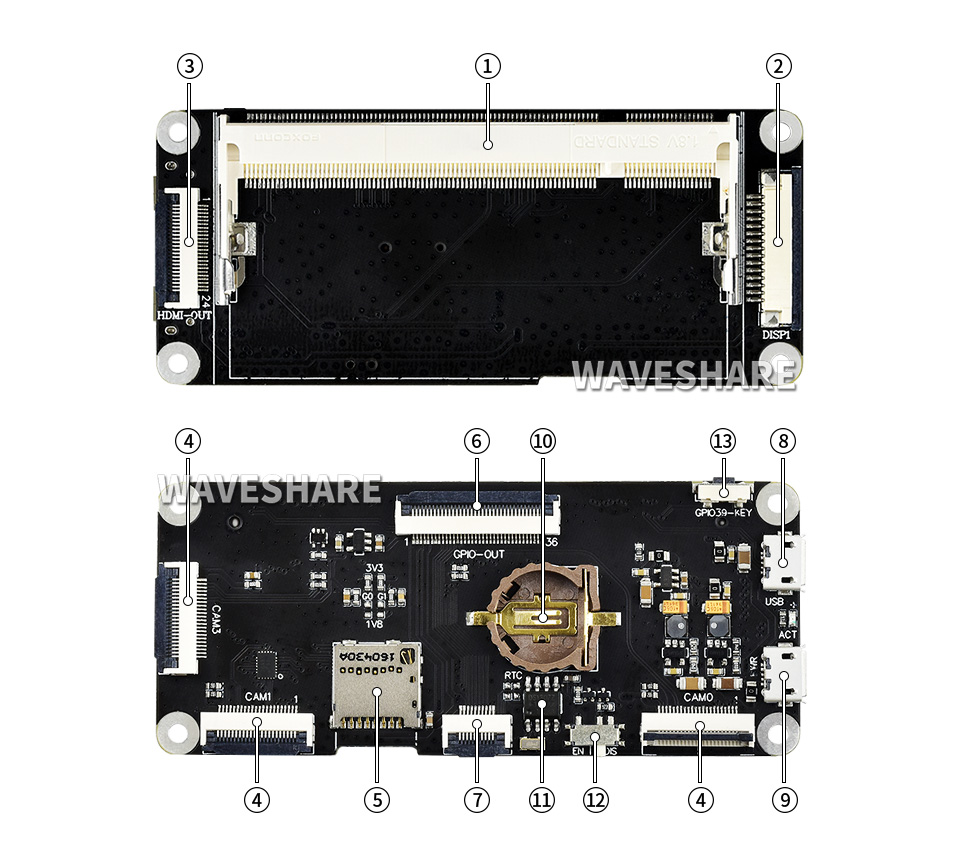
- Compute Module connector
for connecting with Compute Module CM3 / CM3 Lite / CM3+ / CM3+ Lite - DSI display port
for connecting with Raspberry Pi DSI display - 24PIN HDMI extended connector
for connecting with HDMI display via HDMI adapter - CSI camera port
CAM0: enabled by default
CAM1: set GPIO38 low to enable
CAM3: set GPIO38 high to enable - Micro SD card slot
for Micro SD card with pre-flashed system image - 36PIN GPIO connector
for extending UART port and Raspberry Pi GPIO via adapter
- 10PIN I2C connector
for connecting with ICM20948 IMU fill light board - USB connector
for flashing system image, or used as regular USB port - 5V power input
- RTC battery holder
supports CR1220 button battery - DS1307
RTC chip - USB BOOT ENABLE switch
EN: allows flashing system image via USB port
DIS: set the port as regular USB port - User key
The UART Adapter

- Raspberry Pi GPIO interface
for connecting with Raspberry Pi HATs - 36PIN GPIO connector
for connecting with CM3 base board - USB TO UART port
allows accessing Raspberry Pi via serial terminal, or used as power supply
- CH340
USB TO UART chip - UART power switch
OPEN: disconnect from the USB TO UART power supply
Link: connect to the USB TO UART power supply
The IMU Fill Light Board
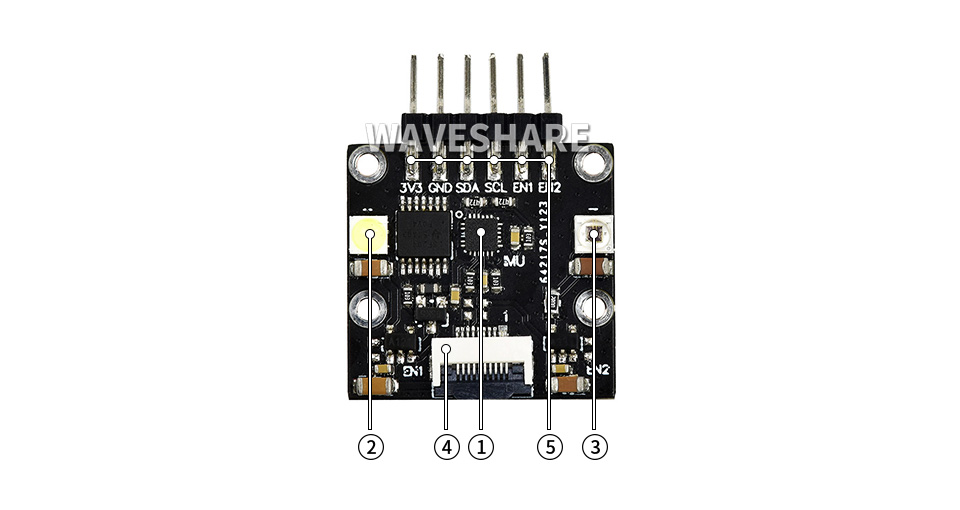
- ICM-20948
- Accelerometer
- Resolution: 16 bit
- Measurement range (configurable): ±2, ±4, ±8, ±16g
- Operating current: 68.9uA
- Gyroscope
- Resolution: 16 bit
- Measurement range (configurable): ±250, ±500, ±1000, ±2000°/sec
- Operating current: 1.23mA
- Magnetometer
- Resolution: 16 bit
- Measurement range: ±4900µT
- Operating current: 90uA
- Accelerometer
- White fill light
controlled via GPIO - 850nm IR fill light
controlled via GPIO - 10PIN I2C connector
for connecting with CM3 base board - 6PIN I2C header
for connecting with host board
Outline Dimensions
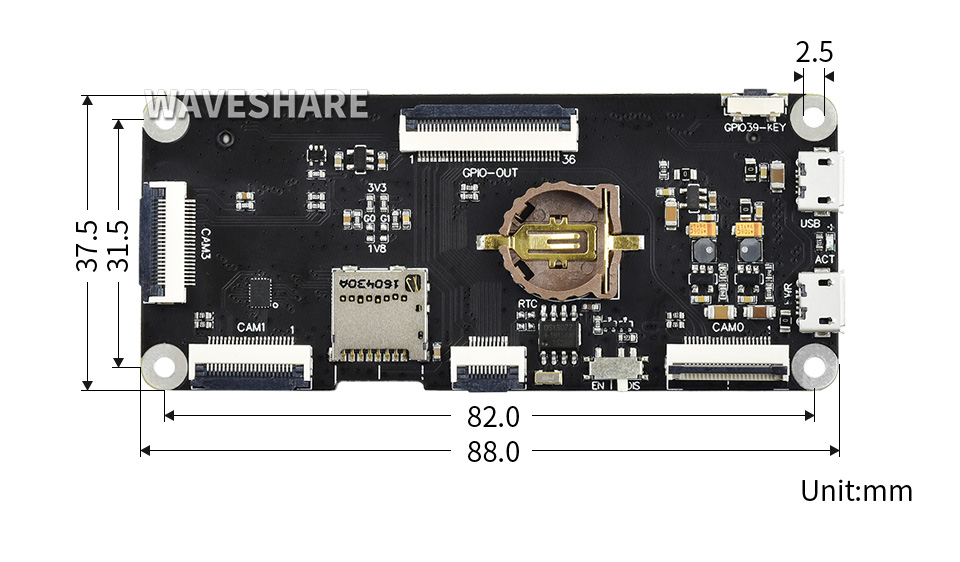
Resources & Services

- PACKAGE CONTENT
-
Weight: 0.34 kg
- CM3 base board x1
- ICM20948 IMU fill light board x1
- UART adapter x1
- 40PIN header x1
- HDMI adapter x1
- USB OTG cable x1
- Camera mounting board x2
- Base mounting board x1
- 36PIN FPC x1
- 24PIN FPC x1
- 10PIN FPC x1
- Acrylic mounting plate x1
- Tripod adapter x1
- 22PIN to 15PIN FPC x2
- Screw pack x1

Điện tử ProE cung cấp linh kiện điện tử, thiết bị điện tử , linh kiện IoT chính hãng. ProE cung cấp dịch vụ đặt hàng linh kiện điện tử, thiết bị điện tử chính hãng theo yêu cầu cụ thể của khách hàng. Liên hệ : contact@proe.vn, SĐT: 0938946849
Website: www.proe.vn
Diễn đàn: https://www.facebook.com/groups/278263459284765/
Youtube Chanel: ProE Youtube
Facebook: ProE Facebook













